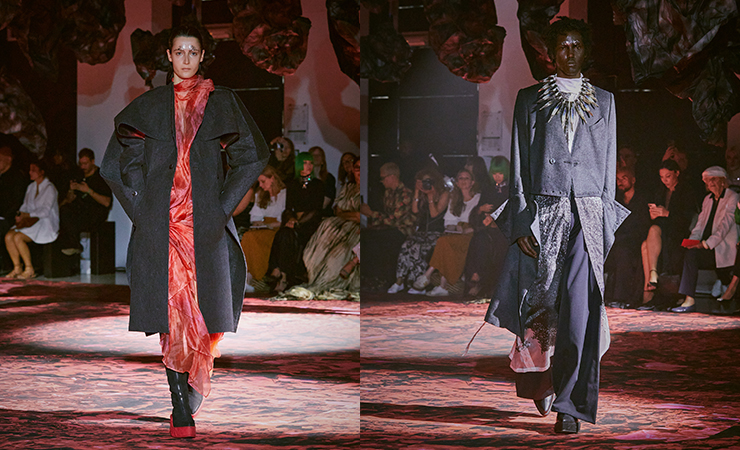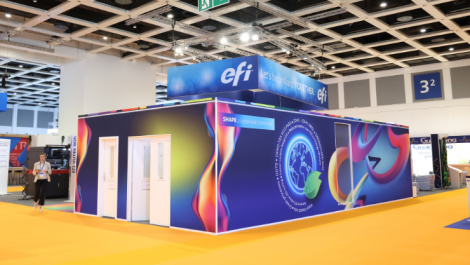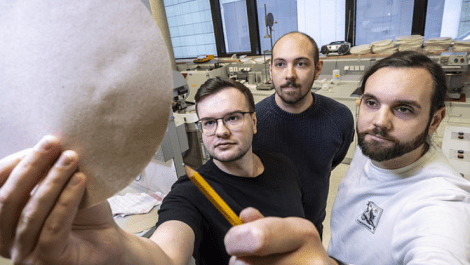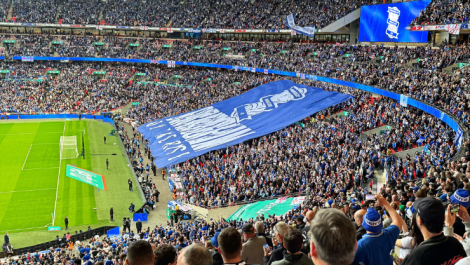Epson has continued its collaboration with Japanese fashion designer Yuima Nakazato in the creation of a new collection that was displayed during Paris Haute Couture Fashion Week and which featured a novel ‘dry fibre’ recycled material that was digitally printed.
Epson’s dry fibre technology, which is already used commercially to recycle paper and requires virtually no water to produce, has been adapted to produce new non-woven re-fiberised fabric from used and discarded garments.
This experimental fabric production process was first revealed in January this year as part of a three-year collaboration between Epson and Mr Nakazato’s eponymous brand. For the show in early July, Epson made further ‘significant’ advances to the quality of the fabric, making it thinner, more flexible and much easier to print on using Epson’s Monna Lisa direct-to-fabric digital textile printing technology.
The new couture range displayed at the Palais de Tokyo was printed using the Epson ML-13000, a prototype and highly flexible direct-to-fabric digital textile printer capable of achieving vivid colours with pigment inks on a wide variety of fabrics and surfaces. The fabric used to create the new Nakazato fashion line was derived from material from used garments sourced from Africa. Mr Nakazato visited Kenya, where he purchased around 150kg of used garments destined for the many ‘clothes mountains there that comprise discarded Western garments. Epson applied its dry re-fiberisation process to the waste material which resulted in the production of over 150 metres of non-woven fabric, which was then printed on.
Hitoshi Igarashi of Epson’s Printing Solutions Division explained the importance of the technology: ‘Although in its early stages, Epson believes its dry fibre technology combined with pigment ink digital printing could offer the fashion industry a much more sustainable future, significantly reducing water use while allowing designers the freedom to fully express their creativity.
‘Since January this year Epson has continued to make significant advances in the quality and printability of re-fiberised fabric. It is now less dense, tougher and much more flexible, making it better suited for printing on using Epson’s Monna Lisa direct-to-fabric digital textile printer. The fabric used this time was much thinner than before, leading to a 37.5% weight reduction from 160gsm previously to 100gsm now.’




